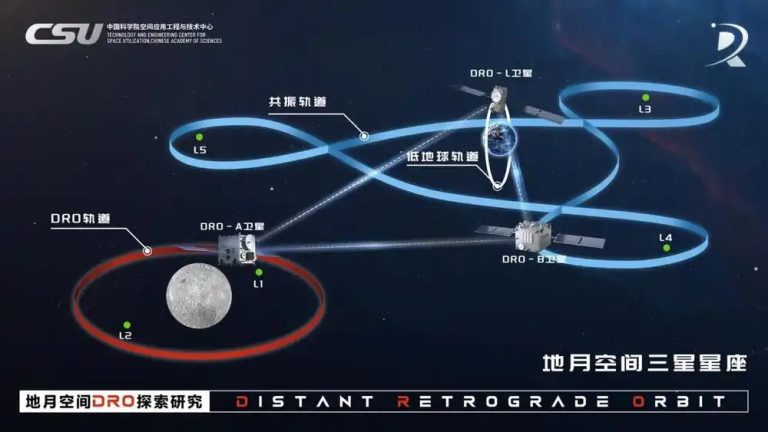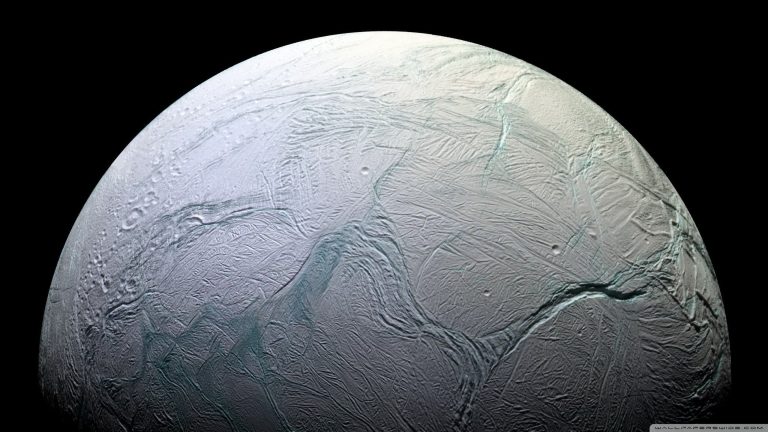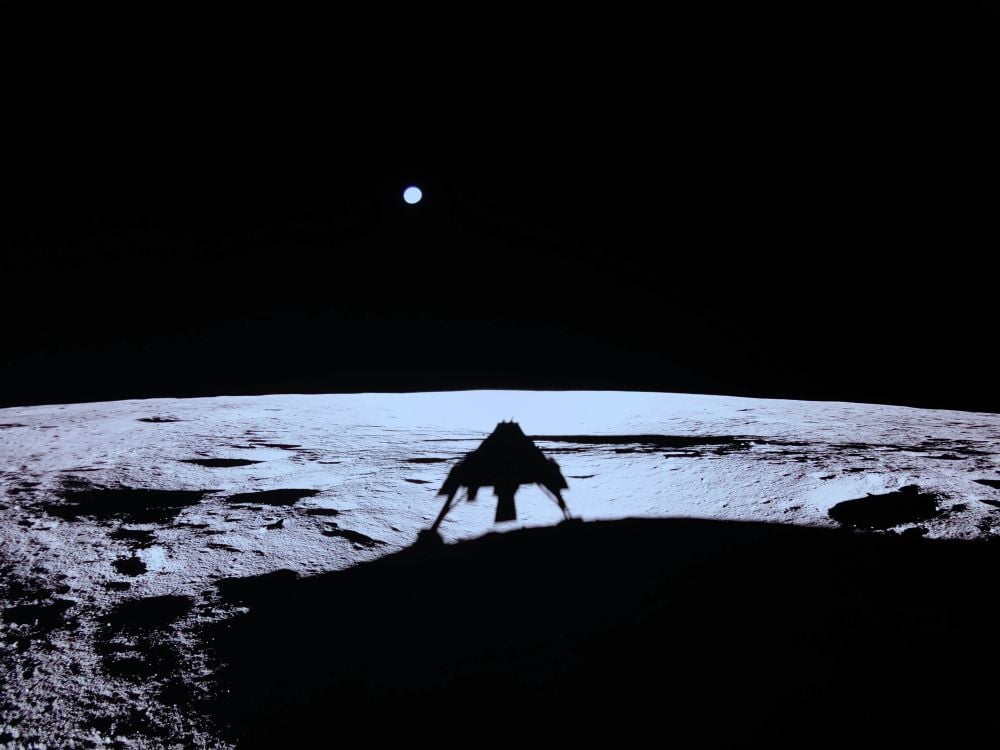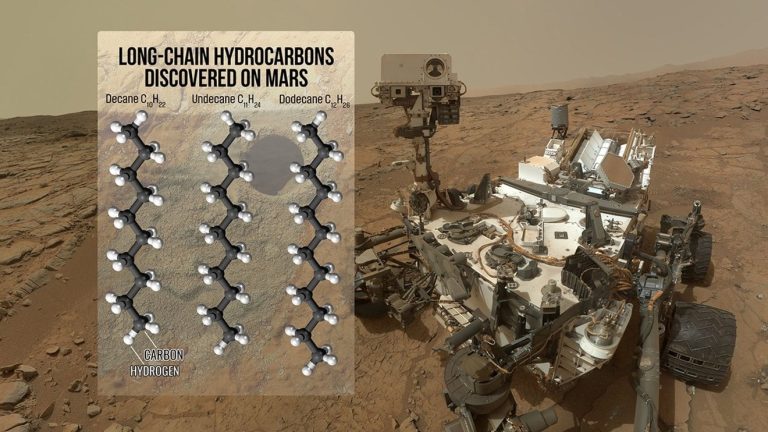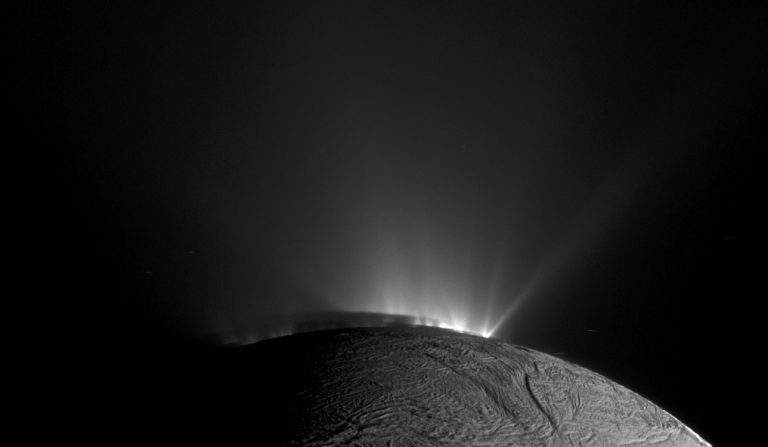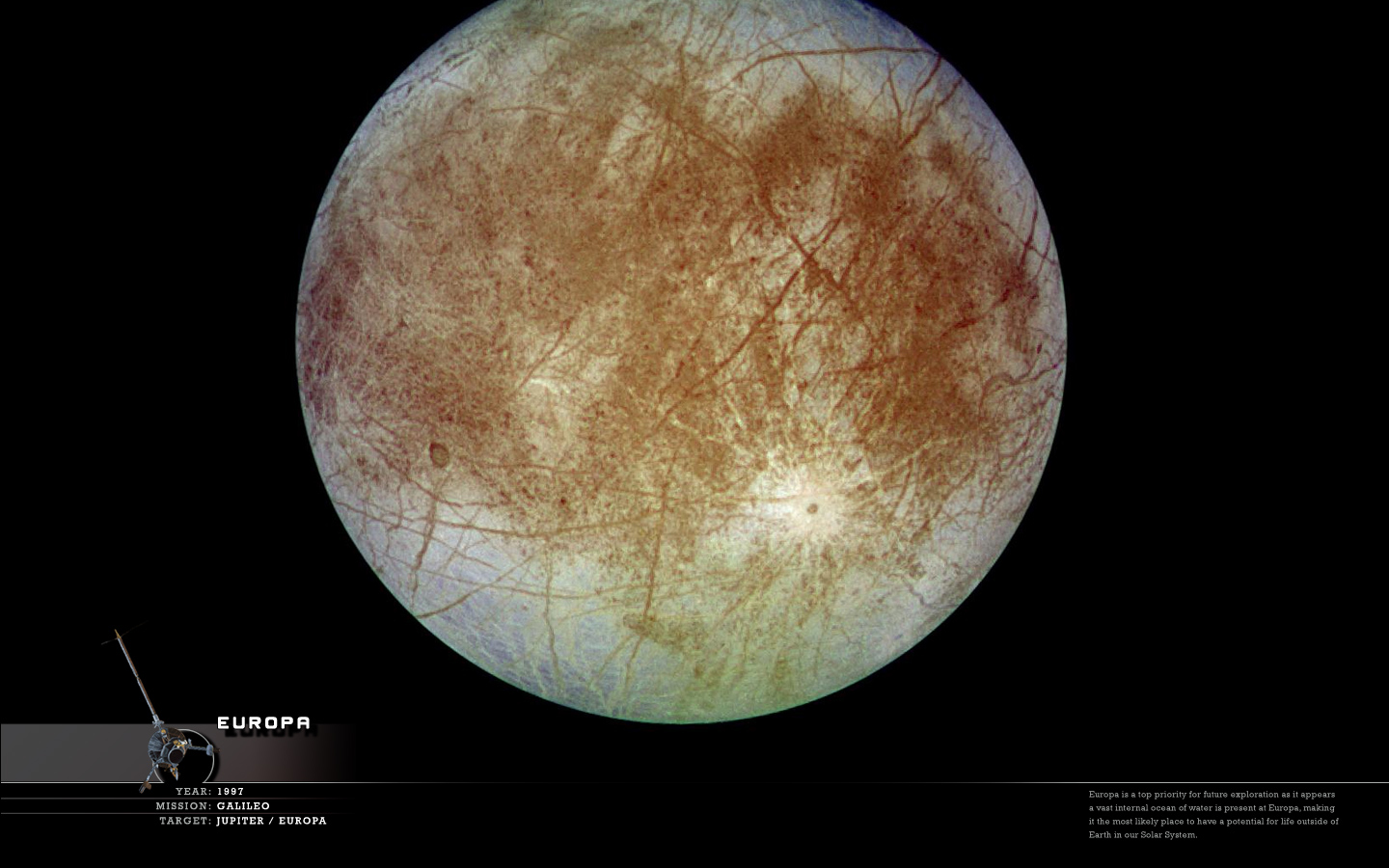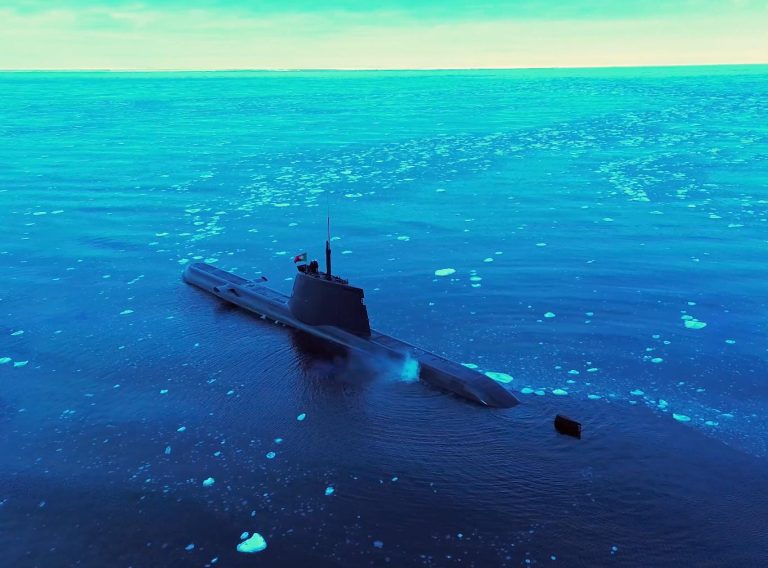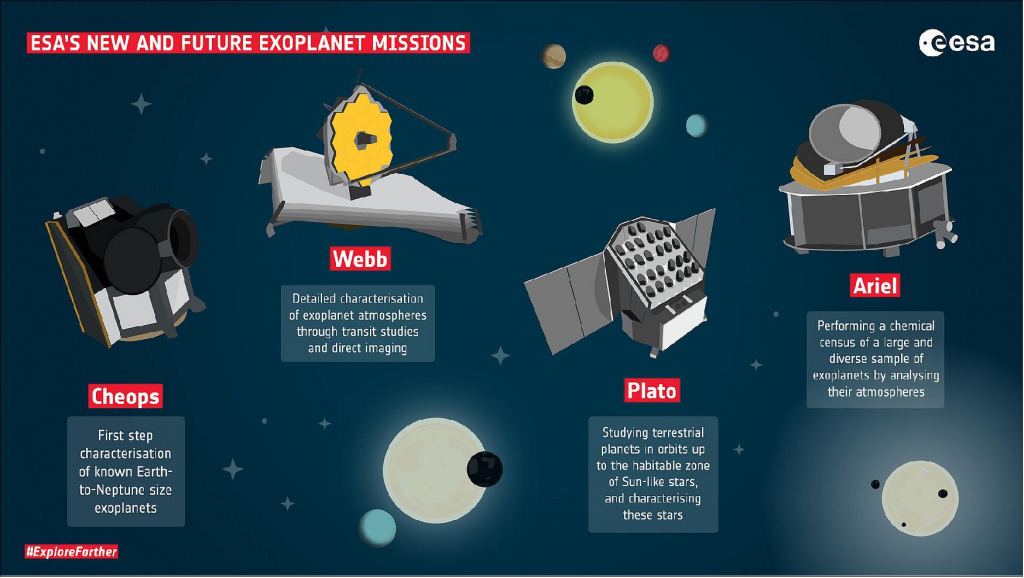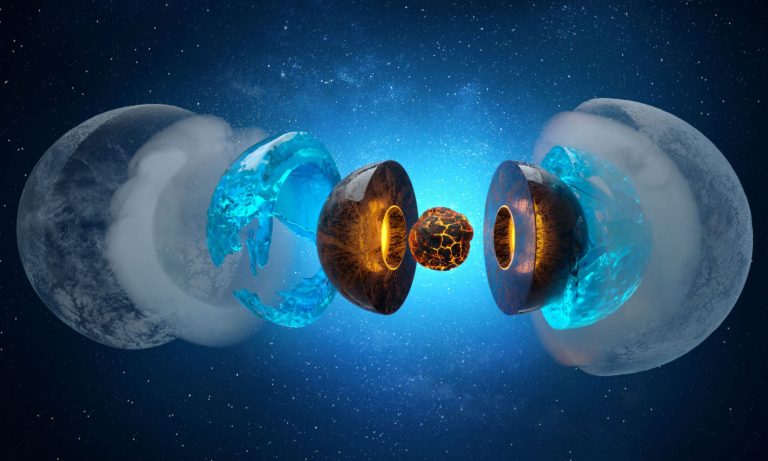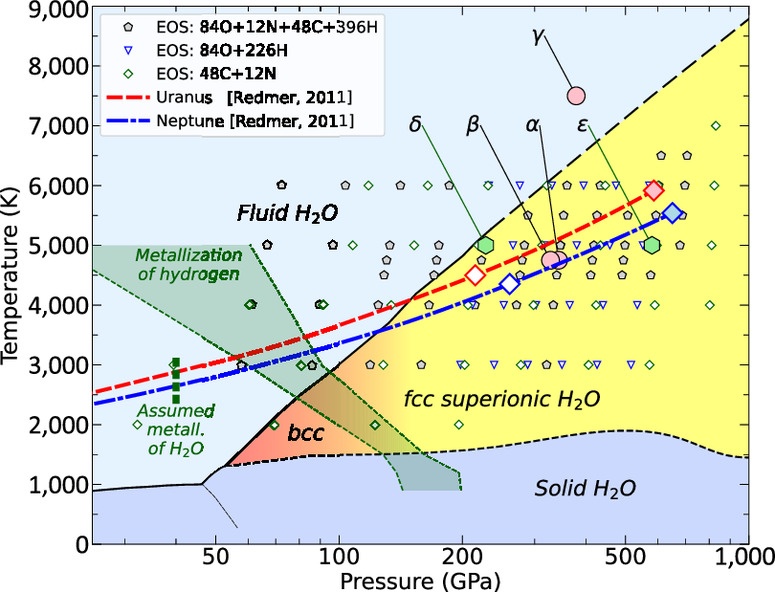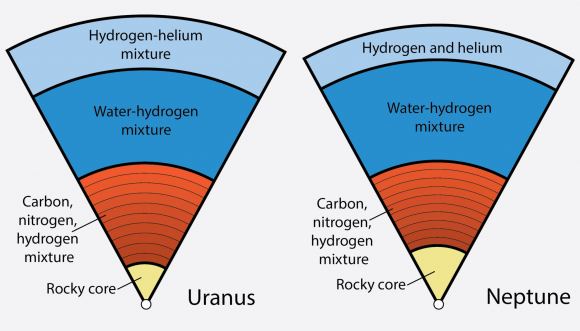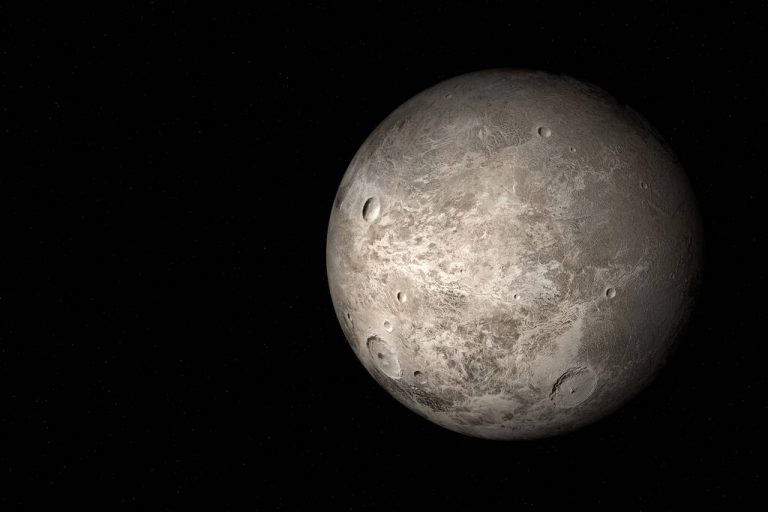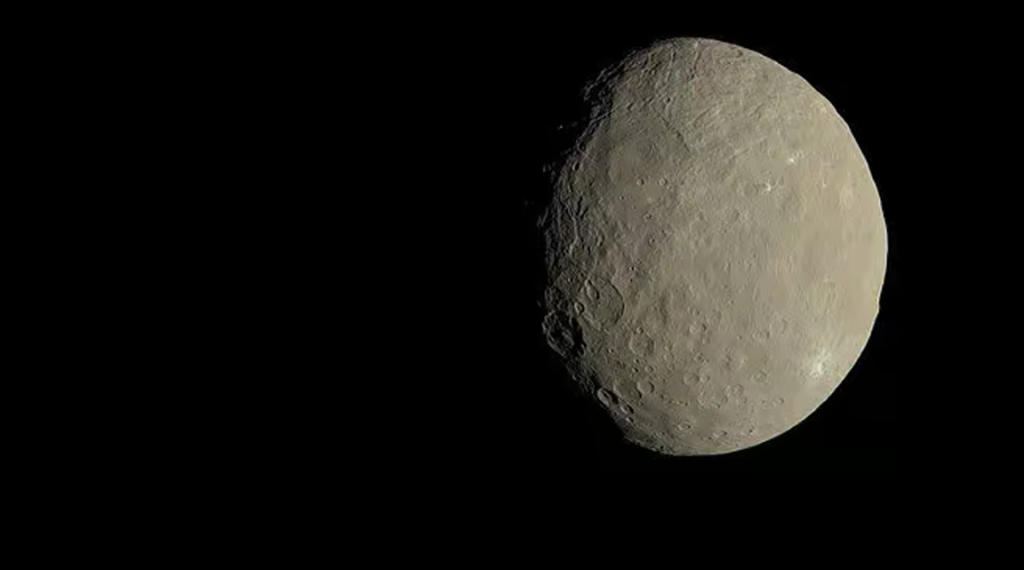China Launches Three-Satellite Constellation for Earth-Moon Communications
China has successfully deployed a groundbreaking three-satellite constellation using the innovative Distant Retrograde Orbit (DRO). This achievement marks a significant milestone in deep-space exploration, cutting fuel costs and enhancing inter-satellite communication. The mission paves the way for future crewed deep-space journeys and scientific research, while showcasing China’s advanced engineering and space innovation capabilities.
Summary:
- Three-satellite constellation established in Earth-moon space for advanced deep-space communication.
- Deployment of satellites DRO-A, DRO-B, and DRO-L using the unique DRO methodology.
- Innovative use of low-energy orbits reduces fuel consumption and overall mission costs.
- A dramatic “life-or-death” rescue operation ensured successful orbit insertion after launch anomalies.
- Achievement of K-band microwave inter-satellite measurement links for enhanced data transmission.
- Autonomous navigation and orbit determination improvements cutting down ground tracking time.
- Development of a low-cost, scalable framework for large-scale deep-space exploration.
- Interdisciplinary collaboration by leading scientists and engineers from the Chinese Academy of Sciences.
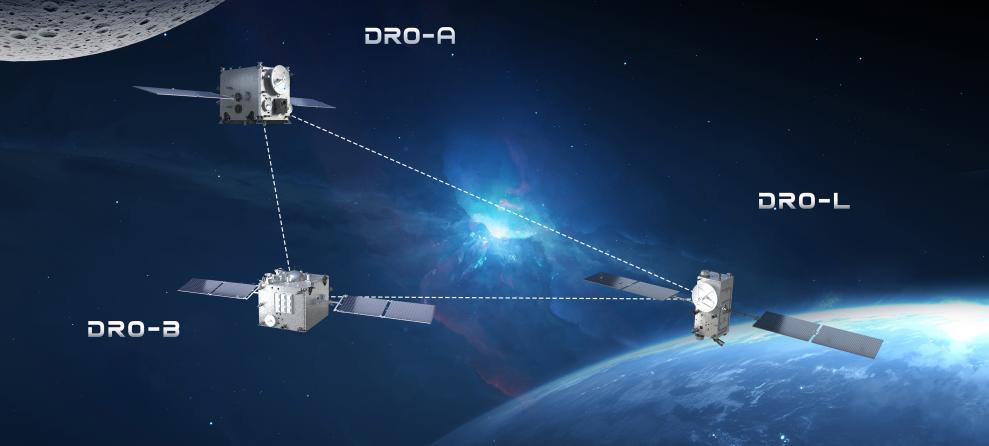
Introduction
China’s recent success in launching its three-satellite constellation marks a revolutionary step in space exploration. This mission, executed in the vast Earth-moon region, demonstrates how the use of a Distant Retrograde Orbit (DRO) can address long-standing challenges in deep-space communication and exploration. With a focus on reducing energy consumption and operational costs, the project has already inspired the global space community by proving that innovative technologies can overcome severe technical obstacles.
The mission involved three different satellites—DRO-A, DRO-B, and DRO-L—each playing a distinct role in advancing our understanding of space dynamics. DRO-L was the first to be launched into a sun-synchronous orbit, where it began critical experiments. DRO-A and DRO-B were launched later from the Xichang Satellite Launch Center in China’s Sichuan Province. Despite an initial setback caused by an anomaly in the carrier rocket’s upper stage, an intense rescue operation ensured that all satellites eventually reached their designated orbits.
Mission Overview and Technological Innovations
The breakthrough in this mission lies in its innovative use of the Distant Retrograde Orbit (DRO). This orbit type, unusual compared to traditional satellite paths, allows spacecraft to operate with minimal energy expenditure. The stability offered by DRO creates a natural hub in space that connects Earth to the moon and even further into deep space. The savings in fuel and operational costs are substantial. This leap in efficiency provides enormous potential for future missions that may include crewed space exploration and advanced scientific research.
Below is a table presenting key details of each satellite:
| Satellite | Orbit Type | Mission Role | Launch Date |
|---|---|---|---|
| DRO-A | Distant Retrograde Orbit (DRO) | Experimentation and autonomous navigation | March 13, 2024 |
| DRO-B | Maneuver Orbits in Earth-Moon Space | Inter-satellite communication and measurement | March 13, 2024 |
| DRO-L | Near-Earth Orbit | Initial experiments and data collection | February 3, 2024 |
The use of DRO represents a pioneering strategy in space engineering. Traditional satellites often require frequent adjustments to maintain their orbits, leading to higher fuel consumption and increased operational risk. By contrast, the DRO method harnesses gravitational forces in both the Earth and moon systems, providing stability over extended periods while requiring only minimal propulsion adjustments. This method is critical in advancing the next generation of space exploration missions.
Technical Details and Overcoming Challenges
During the initial phase of the mission, the satellites encountered significant challenges. An anomaly in the carrier rocket’s upper stage resulted in DRO-A and DRO-B deviating from their planned trajectories. In what many described as a “life-or-death” situation, the satellite team acted swiftly. They executed a series of emergency maneuvers under extreme conditions, successfully reorienting the satellites and guiding them back onto their intended paths after a journey covering 8.5 million kilometers.
The mission’s success was not merely a triumph of engineering under pressure but also a testament to the resilience of the space team. The autonomous navigation systems on board, alongside the real-time adjustments made during the rescue operation, demonstrated that even unforeseen complications could be managed effectively. By establishing inter-satellite and satellite-to-ground communication links using K-band microwave technology, the team ensured that critical data was relayed over distances as vast as 1.17 million kilometers. This technological breakthrough not only confirms the feasibility of DRO but also opens new pathways for cost-effective deep-space monitoring and data collection.
Breakthrough and Future Opportunities
The successful networking of the constellation represents a remarkable breakthrough in satellite technology. It is a prime example of how advanced engineering and innovative problem solving can converge to overcome challenges in the rigorous field of space exploration. The critical achievement of establishing high-precision inter-satellite links has reduced the reliance on prolonged ground-based tracking systems. Instead of two full days of tracking, the new system accomplishes equivalent orbit determination in just three hours.
This dramatic improvement in efficiency is expected to spur a new era of low-cost, autonomous deep-space exploration. Scientists and engineers are now able to plan more ambitious missions, with the possibility of deploying larger constellations to monitor vast areas of space. Future research will likely expand into fields such as quantum mechanics, atomic physics, and the investigation of the lunar environment, leveraging the constant stability provided by DRO.
The mission’s impact is already being felt in international space research circles. By demonstrating a reliable, cost-effective method for long-duration space travel, China’s accomplishments serve as a catalyst for collaborative projects and potential international partnerships. The lessons learned from this mission could lead to innovations that benefit not only the field of space exploration but also terrestrial technologies in communication and navigation.
Below is a timeline summarizing the key events of the mission:
| Event | Date | Description |
|---|---|---|
| DRO-L Launch | Feb 3, 2024 | Satellite entered a sun-synchronous orbit and began executing planned scientific tests. |
| DRO-A/B Launch | March 13, 2024 | Satellites launched from Xichang Satellite Launch Center, Sichuan Province, China. |
| Orbit Correction | Post-launch | Emergency maneuvers reestablished the proper trajectory after a launch anomaly. |
| Successful Separation | Aug 28, 2024 | DRO-A and DRO-B were separated and initiated inter-satellite communication experiments. |
International Implications and Future Research
The implications of this mission extend far beyond China’s borders. The successful demonstration of a low-energy, high-efficiency satellite constellation provides a model that other nations and private companies can emulate. As global interest in space exploration continues to grow, the DRO approach presents a promising avenue for reducing launch costs and the operational complexities of extended missions.
This achievement inspires hope for more extensive scientific collaborations and innovative projects that harness similar technologies. The possibility of creating a network of satellites that communicate and operate autonomously could transform how deep-space missions are planned and executed. By laying the groundwork for autonomous orbit determination and low-cost deep-space travel, China has set a new benchmark in the field.
In addition, the successful mission significantly contributes to the understanding of the lunar space environment. It offers scientists valuable data that can lead to breakthroughs in our understanding of gravitational dynamics, cosmic radiation, and the potential for human habitation beyond Earth. The knowledge gathered from this project is expected to influence future research in astronomy, physics, and engineering, driving further technological advances in these areas.
Facts
- DRO satellites rely on a unique orbital path that reduces the need for frequent propulsion adjustments.
- The rescue operation that corrected the satellite trajectory was executed under extreme conditions, embodying high-stakes space engineering.
- The innovative inter-satellite communication methods employed during the mission have the potential to revolutionize data collection in deep space.

